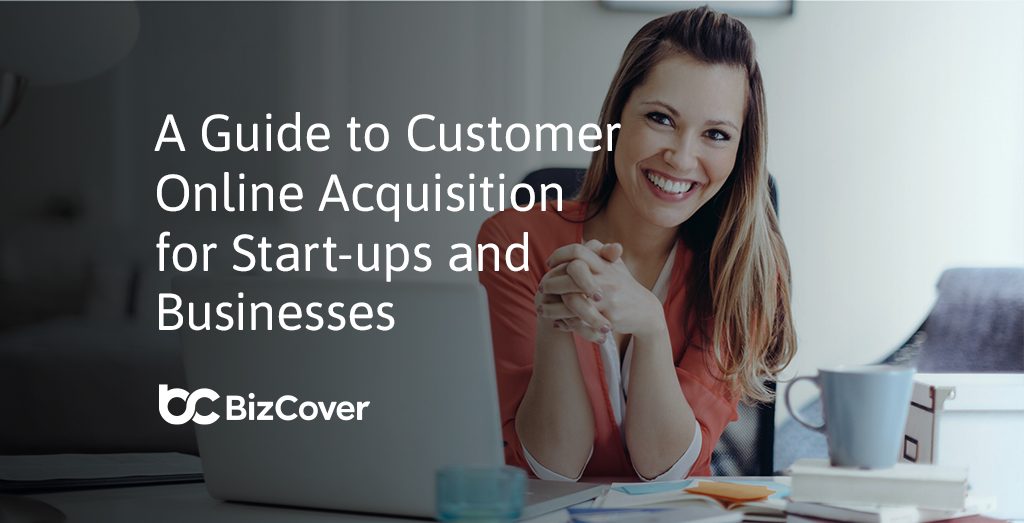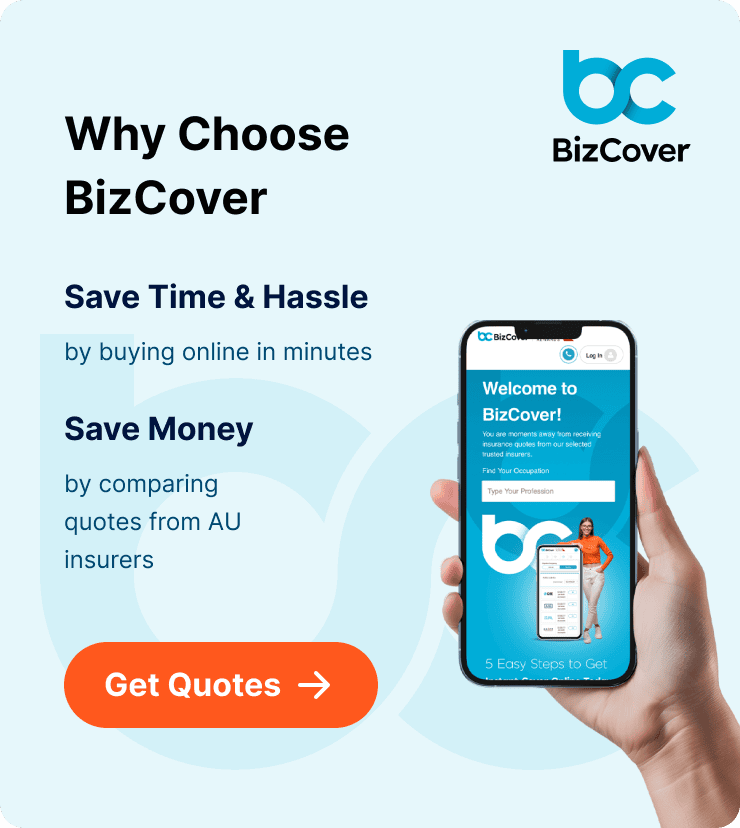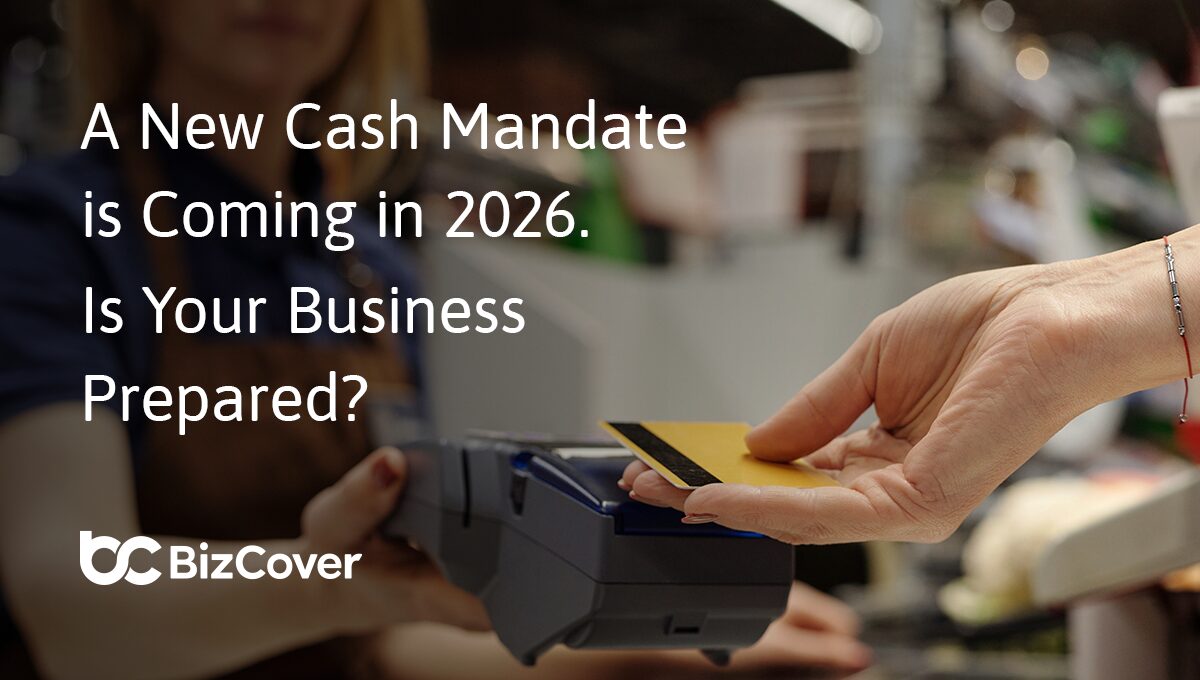The definitive guide to customer acquisition for 2025
A customer acquisition strategy can help you to keep your business running smoothly while also helping to grow your business and sustain it for the long-term.
To obtain new customers, traditionally a business would invest in traditional modes of advertising, and then develop ways to track consumers throughout the decision-making process.
Understanding customer acquisition costs
An important metric in efficiently and economically growing a small business is the cost of acquiring new customers.
As many small business owners will know, customer acquisition cost (CAC) is the amount your business has to spend to convince a customer to purchase a product or service that you sell. Client acquisition cost has been a growing marketing metric since the emergence of the internet. This is because web-based advertising campaigns have enabled advertisers to closely track the returns on their advertising spend much more accurately than they ever could.
Today, businesses of all shapes and sizes across many industries engage in very specific, targeted campaigns and track potential consumers as they progress from lukewarm leads to engaged leads to loyal customers and brand advocates.
Client acquisition cost is determined by the expenses that your business will carry when considering how to acquire customers. For many businesses this may include a number of the following expenses:
- advertising costs;
- acquisition marketing costs;
- the cost of your sales team;
- creative costs;
- technical costs;
- publishing costs;
- production costs; and
- inventory upkeep.
Being able to define your customer acquisition framework and calculate your customer acquisition cost is important, so how do you go about doing just that? To calculate your customer acquisition cost, divide the costs (all of them) by how many customers you acquired in the period the money was spent. So, if your marketing spend of $500 nets your business 100 new customers, your client acquisition cost is $5. A handy strategy can be to periodically review your customer acquisition cost and adjust your approach to see if other marketing activities can help you to further lower your client acquisition cost.
How to reduce your client acquisition costs
1. Improve your on-site conversion metrics
Review key website features and performance and tweak your website or landing page to improve site speed, mobile optimisation, and other factors that will deliver better performance and a better user experience.
2. Implement a Customer Relationship Management system (CRM)
Many successful businesses rely on their customer relationship management system to perform the grunt work that will over time turn first-time customers into repeat customers. A big part of this is marketing automation, which can help keep your brand, products, and services top of mind with your existing customers.
3. Search Engine Optimisation (SEO)
SEO is a digital marketing strategy that is all about optimising your website to rank higher in search results. It’s the art of optimising your company website to organically rank higher search engine results pages.
Today search engine optimisation is an essential method for efficiently acquiring new customers for your small business. Implementing SEO best practice in the content across your website will help drive more website traffic to your company website, enabling you to increase your chances of converting more customers to your business.
4. Pay-Per-Click (PPC) advertising
While you may not have dipped your toes into Pay-per-click (PPC) advertising waters yet, you will likely be familiar with how PPC ads appear on search engine results pages. These are paid ads that appear at the top of search engine results pages. These ads are tagged as an “ad” to indicate that they contain paid content.
PPC advertising works similarly to SEO. PPC works in a similar way to SEO. You create ads that are based on keywords and phrases that people search for, which helps ensure that the ads are served to internet users with an interest in your product or service. Importantly, as the advertiser you only pay a fee when someone clicks on your ad.
5. Content marketing
Content marketing is used to engage, attract, and retain audiences by sharing content that is not only relevant to them – but that is also truly helpful and meaningful for them. Content marketing establishes the expertise of your business and promotes brand awareness. It also keeps your business top of mind with customers, meaning that when they are ready to make a purchase they are more likely to buy from your business instead of from your competitors.
Content marketing can be all forms of written content – short form and long form – as well as videography, photography, infographics, and more. When done well, it adds value to your audience.
6. Customer referrals and testimonials
Your customers expect you to do anything and everything to promote your brand in a glowing light at all times. However, they will also be aware that, like all business owners, you are in business to turn a profit. As such, even the least shrewd customer does not expect you to provide impartial opinions of the products or services you are selling.
In order to obtain new customers, referrals and testimonials can be worth their weight in golf…and then some. So, whenever you successfully deliver a job or project for a delighted client, remember to politely ask if they would be willing to leave their positive feedback on your company website or social media pages in the form of a review or testimonial. And it will be worth your while to ask for permission to publish their name with the review, which will add credibility to their endorsement of your business and the service you provide.
Client acquisition FAQs
What is a customer acquisition rate?
Your client acquisition rate is calculated by dividing the total number of people who opted into your marketing campaign by the total number of people who saw your marketing campaign.
What is customer retention?
Customer retention is a measure of how many customers stay with your business over a given period. Otherwise known as ‘churn rate’, customer retention can be a key metric for just about any small business, whether B2B or B2C. The lower your churn rate, the more loyal your customers are to your business.
What is the difference between customer retention and customer acquisition?
The defining difference between customer retention and client acquisition is that customer retention is a long-term play where results may take years to reveal themselves. However, customer acquisition provides a quick, easy, and prompt measure of success in your business right now. For example, “new customers” is a simple metric that can be viewed immediately. Customer retention is a long-term process, with results that may take years to come to fruition. In contrast, acquisition campaigns offer quick and easy measurements of success. For example, “new users” is a simple metric that can be seen immediately.
Customer acquisition versus customer retention
So, is it better for your small business to focus your time, effort, investment, and energy on acquiring new customers, or on retaining your existing customers? Well, it’s both, to be honest. Achieving sustained growth for your small business will be helped by both customer acquisition (acquiring new customers) and customer retention (retaining your existing customers).
BizCover helps start-ups and small business across Australia in many industries to reduce the risks to their business via business insurance* made easy. BizCover customers enjoy our customer-focused approach, which simplifies comparing business service insurance quotes and purchasing business insurance online in minutes, not hours.
Choose BizCover, get covered in minutes and get on with your day.
This information is general only and does not take into account your objectives, financial situation or needs. It should not be relied upon as advice. As with any insurance, cover will be subject to the terms, conditions and exclusions contained in the policy wording. © 2025 BizCover Limited.





